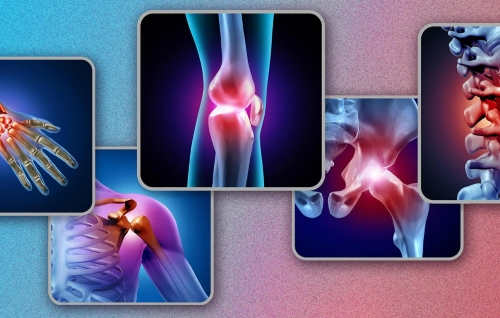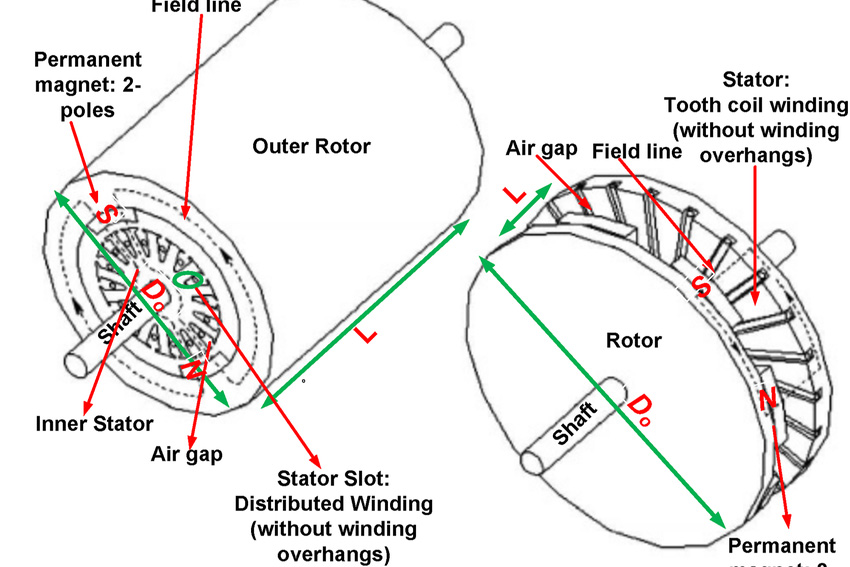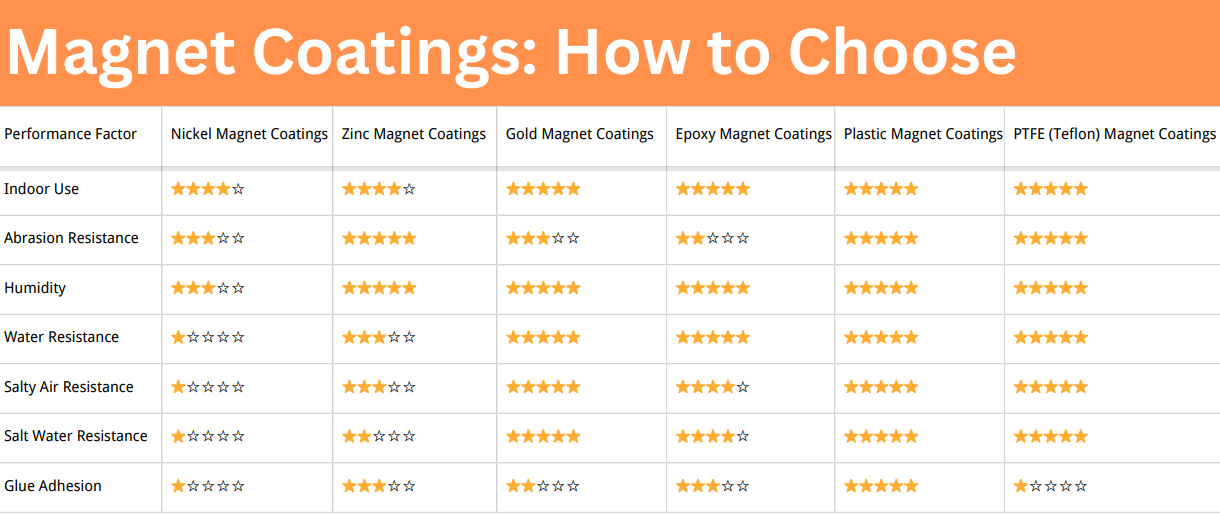Magnetic Therapy for Pain Relief: A Review of Research and Case Studies
Magnet therapy has become a popular alternative treatment for pain management. Many individuals turn to magnets in various forms to alleviate discomfort from conditions such as osteoarthritis, back pain, and menstrual cramps. This article discusses the differences between static magnet therapy and electromagnetic therapy, the conditions for which they are used, and what scientific studies say about their effectiveness.
What kinds of magnets are helpful?
Static Magnet Therapy for Pain Relief
Static magnet therapy involves the use of permanent magnets, usually in the form of bracelets, insoles, or wraps, which are placed on or near the body to alleviate pain. The theory behind static magnet therapy is based on the idea that the magnetic field produced by the magnets can influence the body’s natural magnetic fields, potentially improving circulation and reducing pain. However, the scientific community remains divided on the efficacy of static magnets in treating pain.
Electromagnetic Therapy for Pain Relief
Electromagnetic therapy, which involves the use of varying electromagnetic fields, is considered a more complex form of magnetic therapy compared to static magnets. The therapy typically uses devices that emit electromagnetic pulses or radiofrequency waves designed to penetrate deeper tissues, potentially stimulating cellular repair and improving blood circulation.
One of the most well-known types of electromagnetic therapy is pulsed electromagnetic field (PEMF) therapy. PEMF has gained attention in recent years for its potential to reduce pain and inflammation, particularly in chronic conditions such as low-back pain, osteoarthritis, and carpal tunnel syndrome. Unlike static magnets, PEMF therapy is dynamic and often delivered through specialized devices that target specific pain points or areas of the body.
A study published in The Clinical Journal of Pain in 2012 examined the effectiveness of PEMF therapy in individuals with low-back pain. The results indicated that PEMF therapy significantly reduced pain and improved physical function compared to a placebo treatment. The study concluded that PEMF therapy could be a promising treatment for individuals suffering from chronic low-back pain. While this study provided encouraging results, it also emphasized the need for larger clinical trials to confirm the findings.

Do magnets help with pain?
Magnetic therapy has emerged as a potential alternative treatment for various types of pain, including osteoarthritis, low-back pain, shoulder pain, carpal tunnel syndrome, menstrual pain, and even pain related to cancer treatments. Let’s continue to explore the effect of magnetic therapy with the scientific data and case studies.
Further reading: Uses of Magnets: The Magic of Magnetic Therapy
1. Osteoarthritis and Magnetic Therapy
Osteoarthritis (OA), a degenerative joint disease, is one of the most common conditions where magnetic therapy has been tested. OA causes pain, stiffness, and swelling in the affected joints, leading many patients to seek non-invasive treatment options.
A randomized controlled trial (RCT) conducted by White et al. (2007) examined the effects of static magnets on osteoarthritis of the knee. The study found that patients who used magnetic therapy experienced a statistically significant reduction in pain and improved physical function compared to those who used placebo magnets.
Another meta-analysis by Lefebvre et al. (2011) reviewed 11 studies on magnetic therapy for OA and found a small but consistent benefit in pain relief. The authors concluded that magnetic therapy may serve as a complementary treatment, though larger and more rigorous studies are needed to confirm its effectiveness.

2. Low-Back Pain
Low-back pain (LBP) is another prevalent condition that has been the subject of magnetic therapy research. Due to its widespread occurrence, there is significant interest in exploring non-invasive treatments for LBP.
Another study, Kwon et al. (2016), assessed the use of magnetic insoles in patients with chronic LBP. They found that those using the insoles reported a greater reduction in pain and discomfort compared to the control group.
A 2015 case study published in Pain Medicine involved a 40-year-old male with chronic low-back pain. After using a transcranial magnetic stimulation device for 6 weeks, the patient experienced a 40% reduction in pain and reported improved quality of life.
3. Shoulder Pain
Shoulder pain, including conditions like rotator cuff injuries and frozen shoulder, is another area where magnetic therapy has been explored.
A study conducted by Amir et al. (2014) involved patients with shoulder impingement syndrome, a common cause of shoulder pain. The researchers applied PEMF therapy for 6 weeks and observed that the patients showed significant improvements in both pain reduction and shoulder mobility.
However, Aydin et al. (2018) found that static magnets did not significantly improve pain or function in patients with shoulder pain from rotator cuff injuries. They suggested that while magnetic therapy may offer minor benefits, more substantial clinical studies are needed.
4. Carpal Tunnel Syndrome Pain
Carpal Tunnel Syndrome (CTS) causes numbness, tingling, and pain in the hand and arm, making it a common reason for individuals to seek alternative therapies.
A study published in the Journal of Hand Therapy (2011) examined the effects of static magnets on CTS symptoms. The study found that patients who wore magnetic wristbands showed modest improvements in pain and grip strength, but the effects were not substantial enough to be considered a primary treatment.
5. Menstrual Pain
Menstrual pain, or dysmenorrhea, affects a large number of women worldwide. Magnetic therapy has been explored as a non-invasive treatment option for reducing pain associated with menstruation.
A study published in Pain Research & Management (2012) investigated the effects of magnetic therapy on primary dysmenorrhea in college-aged women. The results showed that patients who used magnetic heating pads reported a significant reduction in pain intensity compared to those using placebo heating pads. The authors suggested that the combination of heat and magnetic therapy might offer additional benefits for menstrual pain relief.
6. Cancer Pain and Chemotherapy-Induced Pain
Cancer pain, particularly pain caused by chemotherapy, is often difficult to manage with traditional methods. Magnetic therapy has been investigated as a way to alleviate such pain, especially for peripheral neuropathy caused by chemotherapy.
A pilot study published in Cancer Nursing (2013) examined the effects of PEMF therapy on chemotherapy-induced peripheral neuropathy (CIPN). The results indicated that PEMF treatment helped reduce symptoms of numbness and tingling, leading to improved quality of life for patients undergoing chemotherapy. For more information, please check Stanford Magnets.
Conclusion
Magnetic therapy, including static magnet therapy and electromagnetic therapy, has shown promise in the treatment of osteoarthritis, low-back pain, shoulder pain, carpal tunnel syndrome, menstrual pain, and cancer-related pain.
While some studies indicate that magnets can offer significant pain relief and improvement in function, the overall evidence is mixed. Many studies suggest that magnetic therapy might be most effective when used as a complementary treatment rather than a standalone solution.
Further rigorous and large-scale studies are necessary to establish the true effectiveness of magnetic therapy. For individuals considering it, consulting with a healthcare provider is essential.
Reference:
- Amir, R., Kalichman, L., & Bloom, A. (2014). "The effect of pulsed electromagnetic field therapy on patients with shoulder impingement syndrome." Journal of Rehabilitation Research and Development, 51(2), 217-225.
- Aydin, M. S., Atalay, A., & Yildiz, S. (2018). "Magnetic therapy in rotator cuff injuries: A placebo-controlled study." Journal of Shoulder and Elbow Surgery, 27(9), 1592-1598.
- Cancer Nursing. (2013). "Pulsed electromagnetic field therapy for chemotherapy-induced peripheral neuropathy: A pilot study." Cancer Nursing, 36(6), 458-465.
- Hathaway, B. (2024, January 3). "Epilepsy drug shows promise in slowing joint degeneration in osteoarthritis." YaleNews. Retrieved March 18, 2025, from https://news.yale.edu/2024/01/03/epilepsy-drug-shows-promise-slowing-joint-degeneration-osteoarthritis
- Journal of Hand Therapy. (2011). "Static magnet therapy for carpal tunnel syndrome: A clinical evaluation." Journal of Hand Therapy, 24(3), 232-239.
- Journal of Pain and Symptom Management. (2015). "Magnetic therapy for chemotherapy-induced neuropathy: A case study." Journal of Pain and Symptom Management, 50(2), 215-218.
- Kwon, S. Y., Kim, Y. H., & Choi, J. H. (2016). "Effects of magnetic insoles on pain and mobility in chronic low back pain patients: A controlled trial." Pain Medicine, 17(5), 923-930.
- Lefebvre, G., Morissette, R., & Courtemanche, S. (2011). "Magnetic therapy for osteoarthritis pain: A meta-analysis of clinical trials." Journal of Pain Research, 4(1), 89-101.
- Pain Research & Management. (2012). "Magnetic heating pads for primary dysmenorrhea: A randomized controlled trial." Pain Research & Management, 17(4), 275-281.
- Tontodonati, M., Ursini, T., Manzoli, L., Polilli, E., Rebuzzi, C., Congedo, G., & Pippa, L. (2012). "Pulsed electromagnetic field therapy for chronic low back pain: A randomized, double-blind, sham-controlled trial." Clinical Journal of Pain, 28(7), 594-600.
- White, P., Delaney, L., Barnfather, T., & Bagnall, A. M. (2007). "Magnet therapy for the relief of pain and inflammation in osteoarthritis: A randomized controlled trial." British Medical Journal, 335(7614), 753-756.















